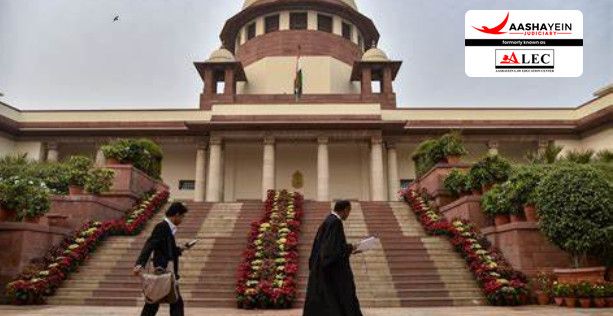The Supreme Court of India, in its timeless wisdom, has often articulated principles that guide the justice delivery system in a democratic society. The idea of the judiciary as a truth-seeker finds its roots in ancient legal systems. In India, the judicial system is heavily influenced by principles of natural justice and the rule of law. Courts are not mere arbiters of disputes but are institutions vested with the power to unravel the truth behind conflicting claims.
The Supreme Court of India, in a landmark judgment, described itself as a “search engine of truth,” emphasizing its paramount duty to unearth facts and deliver justice through procedural and substantive laws. The statement emerged during the adjudication of a criminal appeal filed by an individual convicted of culpable homicide amounting to murder in 1994. A two-judge bench, comprising Justice M.M. Sundresh and Justice Aravind Kumar in case Om Prakash vs. Union of India & Anr. 2025 INSC 43 asserted: "Justice is nothing but a manifestation of the truth”. It is truth which transcends every other action.
You can also read the latest judgment by visiting [Latest Judgment].
For more information, visit [Aashayein Enquiry Section]
Background of the Case
The case revolved around the appellant’s claim of juvenility at the time of the offense, a plea that went unrecognized during trial due to judicial oversight and procedural lapses. This ultimately resulted in the appellant being sentenced to death, a punishment later commuted to life imprisonment.
The case dated back to 1994 when the appellant was charged with culpable homicide amounting to murder. At trial, his age was recorded as 20 years in 2001. However, the appellant later claimed he was 17 at the time of the offense, making him a juvenile under the law.
Despite this, the trial court presumed him to be an adult and sentenced him to death. Subsequent appeals to the High Court and Supreme Court failed, as did review and curative petitions. His parents filed a writ petition and later a mercy petition to the President of India, leading to the commutation of his death sentence to life imprisonment with the condition of release only after he turned 60.
In 2019, the appellant approached the High Court, challenging the presidential order, but the petition was dismissed. This decision brought the case back to the Supreme Court.
Supreme Court Observations
The Supreme Court, deeply concerned about the systemic failure, stated:
"We are dealing with a case where grave injustice has been perpetrated, on account of the consistent failure on part of the judicial machinery to recognize and act upon the constitutional mandate vis-a-vis the plea of juvenility."
The bench emphasized that justice requires proactive efforts to discern the truth, highlighting:
"In its journey, the Court must discern the truth, primarily from the material available on record in the form of pleadings, and arguments duly supported by documents. It must be kept in mind that the entire judicial system is meant for the discovery of the truth, it being the soul of a decision."
The Court set aside the earlier judgments, allowing the appellant's release and directing authorities to ensure his rehabilitation and reintegration into society.
The Court also reflected on the societal responsibility towards children in conflict with the law, asserting that children are often victims of circumstances, shaped by environmental and genetic factors, rather than innately criminal.
This ruling reinforces the judiciary’s role as a truth-seeker and a sentinel of justice. The Supreme Court’s declaration that it is a “search engine of truth” serves as a reminder of its constitutional duty to deliver justice by uncovering the truth. This judgment not only rectifies a long-standing injustice but also sets a precedent for a proactive, truth-centric approach to adjudication. It highlights the judiciary’s commitment to protecting constitutional values and ensuring equitable treatment for all, particularly for the vulnerable and marginalized sections of society

